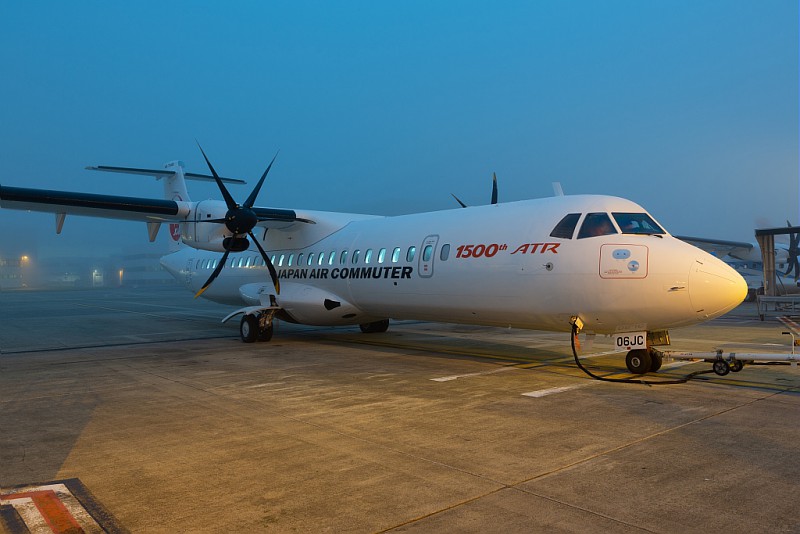Boeing Invites Pilots & Regulators to 737 MAX Briefing
SINGAPORE/ADDIS ABABA (Reuters) - Boeing Co said it invited more than 200 airline pilots, technical leaders and regulators for an information session on Wednesday as it looks to return the 737 MAX to commercial service.…
